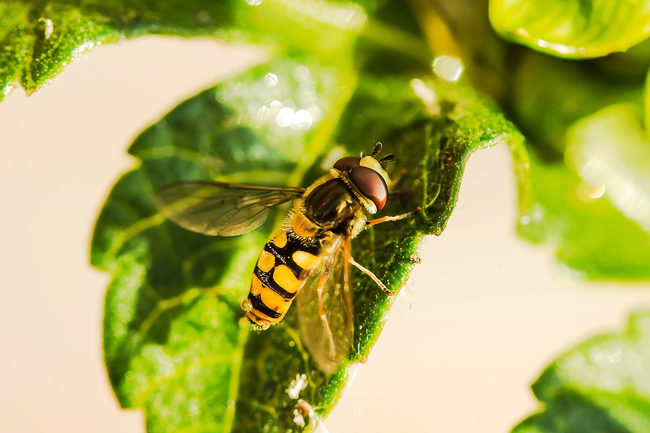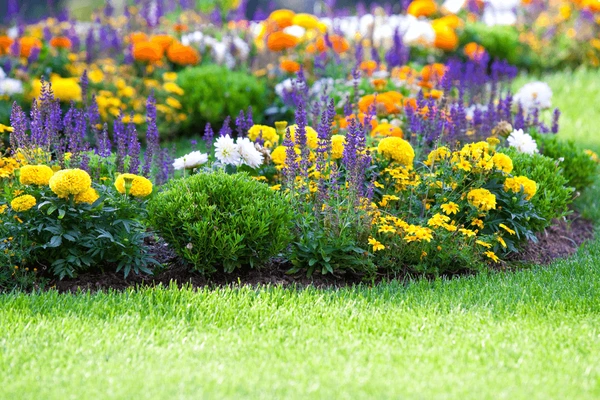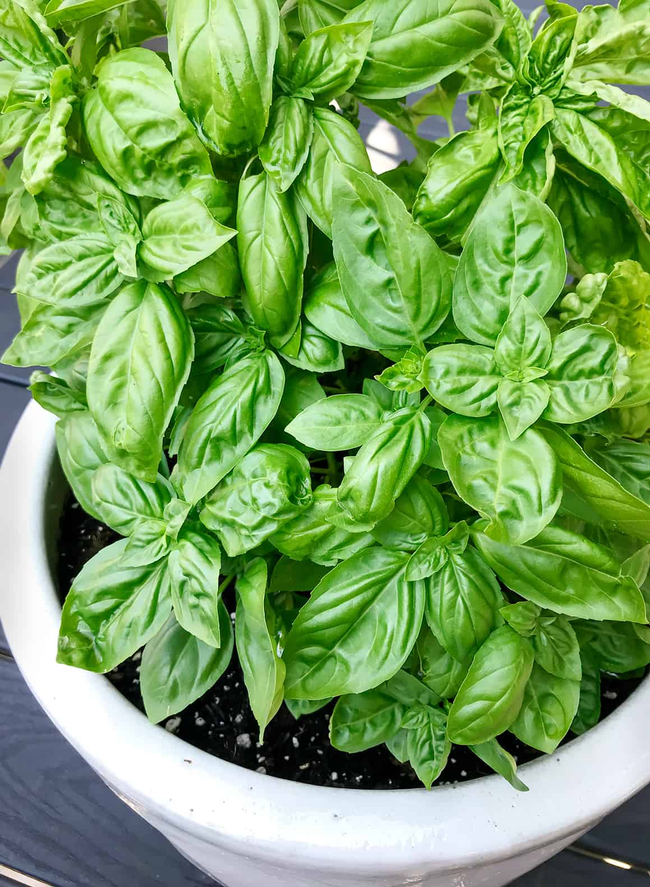Spring is here—that time of renewal and joy as we wander our gardens and take stock of what works and what needs a “tune-up.” Sometimes, at this time of year, the number of things to be done in our gardens can seem overwhelming, but attention to just one or two chores per week can lead to both a feeling of control and a beautiful gardening experience.
April Ideas
ONE – First, make the garden and landscape ready for the new season! Check all the sprinklers and drip lines to be sure they are working properly and not wasting water. There is a comprehensive spring tune-up guide for sprinklers in the 2010 April-June Master Gardener newsletter which can be found here.

THREE – Now is the time to fertilize lawns and many garden plants. Cane berries, citrus, fruit trees, palms, and heavily flowering shrubs will flourish with slow-release fertilizer products. Maintaining good fertilization can keep your plants vigorous and help prevent pest problems. Lawns will thrive with the application of fertilizer now. Use a balanced slow release or organic fertilizer according to the directions on the package; do not apply more than instructed to avoid polluted runoff. Organic fertilizers react more slowly but will eventually provide a lush result. If crabgrass has been a problem in past years, consider a pre-emergent/fertilizer mix. Help preserve our waterways by avoiding getting granules on hardscape surfaces.
FOUR – This is a great time of year to plant citrus trees if there is a vacant, sunny spot in the landscape. Make a hole about twice the width of the root ball. Build a cone of soil in the center of the hole tall enough so the new plant will be level with the surrounding soil when placed on top of it. Gently remove the plant from its pot. Use fingers to gently uncoil and separate any bunched-up roots. If the root-ball is solid, use a clean knife to score four ½-inch deep cuts around the sides and one on the bottom. Set the roots atop the cone, refill the hole and water thoroughly to eliminate air pockets. The beginning of the root flare on trees should be visible at or above the surrounding soil. Add a 2- to 3-inch layer of mulch around the plant, keeping the mulch several inches away from the trunk.
In May
ONE – Prune a couple of things this month. Winter-flowering shrubs (e.g., camellias) need to be pruned prior to the formation of next year's flower buds. Pruning pine terminals to direct growth in young plants and retard growth in more mature plants should only be done during candling (new shoot growth) during late spring to early summer, so May is usually an opportune time.

THREE – Aerate lawns this month. Lawns that get a lot of heavy fool traffic develop compacted soil, which makes it difficult for water, fertilizer, and oxygen to reach the grass roots. If a screwdriver can't be pushed up to its handle into the turf, it's time to aerate. Use an aerator that either produces a core or a water wash to dig holes; spike aerators just add to soil compaction. If using a machine aerator, be sure to mark and avoid all sprinkler heads. Some machine aerators require a lawn to be moist, but not soggy. Irrigate a day or two before aeration if soil is dry.
FOUR – Fill out vegetable gardens with transplants of tomatoes and peppers. The middle of May is a great time to plant seeds of pumpkins, beans, corn, squash, cucumbers, and melons. For interesting and unusual fall decorations, consider growing pumpkins or winter squash that are not the ordinary jack-o-lantern choice. Beef up a flower garden with a little height. Shorter bedding plants get the front row spot followed by tall, upright bedding plants and finished with some summer-blooming vines grown on a sturdy structure that is set in the garden at the same time planting occurs. It is difficult to add the structure once the plant needs it. As the vine grows, train the shoots to the support with self-gripping Velcro, plant tape, or twist ties. Start with flowers in six packs. Planted in May, these little gems will explode with summer color in a few weeks. If instant color is needed, think about 4-inch pots instead.
June Notes
ONE – Clean up mummies (dried, shriveled fruits) and old fruit and nuts in and under trees to avoid harboring pests, and deter borers by deep-watering trees. Paint the trunk and scaffold branches of young trees with white interior latex paint diluted with an equal amount of water to protect them from sunburn.

THREE – Bees are essential pollinators. A variety of flower shapes and colors will attract bees to a garden. Look for flowers and plants that are native to this area for growing ease, adaptation to the local climate, and to serve as an attractant to native bees and honeybees. Planted near or among a vegetable garden, flowers attract bees for pollination and a bountiful harvest.
FOUR – Still have a lawn and wonder just how much water it needs during the hot summer months in the valley? Lawns need about two inches of water per week during the summer heat. To determine lawn sprinklers' output, place several flat-bottomed containers (such as tuna fish cans) around the lawn, turn on the sprinklers for a half hour and then measure the water in the containers. Adjust the sprinkler coverage if needed and reset the amount of time they water according to the results of the timed test. Water lawns and the rest of the landscape early in the day to reduce water wasted due to evaporation and be cognizant of appropriate days to water if applicable. Better yet, start thinking about how to minimize or eliminate the lawn in your landscape to save water in California's dry climate.
Deep-water established plants often enough to prevent wilt and promote deep rooting as temperatures start to rise. Check the soil moisture around roots with a moisture meter probe or by digging down with a trowel. Soaker hoses apply water directly to the soil with minimal evaporation.
Subscribe to our Seasonal Landscape IPM Checklist for Northern San Joaquin Valley. It is delivered straight to your inbox monthly with timely reminders to help prevent or reduce landscape pests and plant problems.
Information for this article was gathered from:
www.ipm.ucdavis.edu
www.sunset.com/garden
www.farmerfred.com
A Valley Gardener's Journal by San Joaquin Master Gardeners
CA Month by Month Gardening by Claire Splan